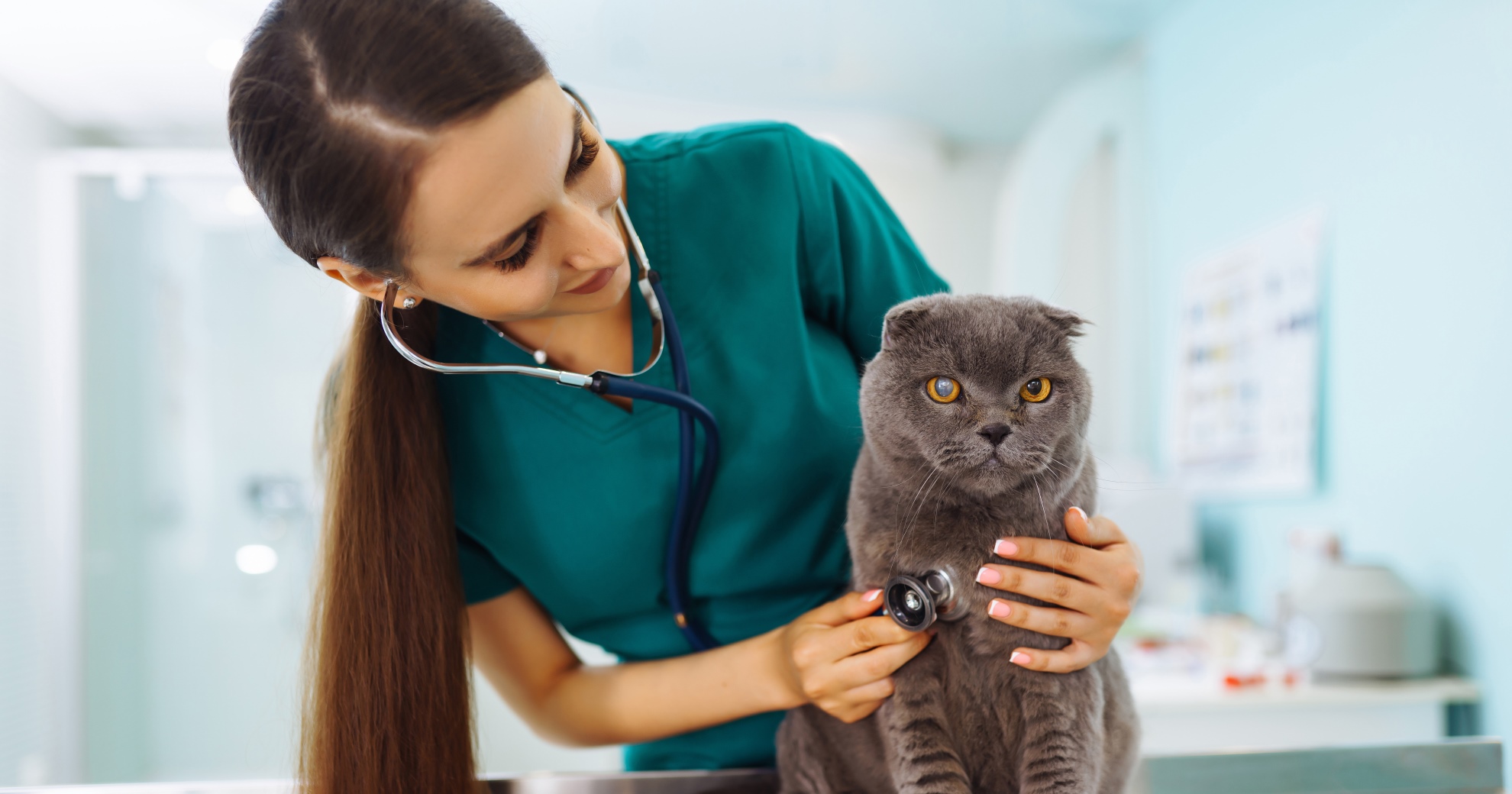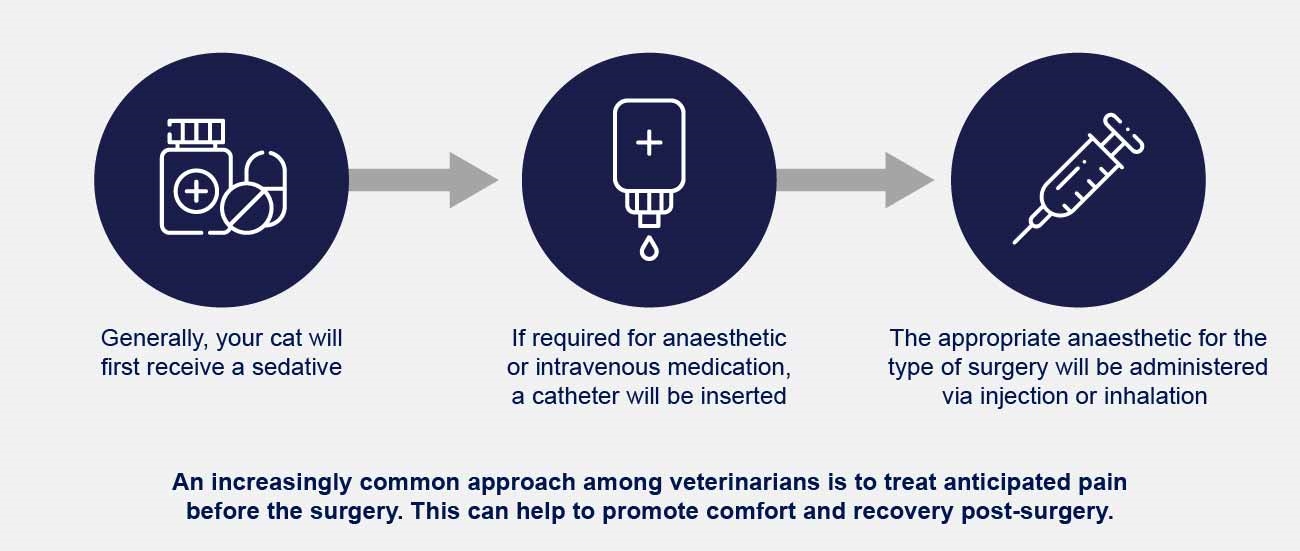HEALTH & WELLNESS

VOTING BOOTH

TRENDING

LIONS FOUNDATION OF CANADA DOG GUIDES
Lions Foundation of Canada Dog Guides and its founding program, Canine Vision Canada, was established in 1983. It’s the largest school of its kind in Canada with its training school in Oakville and breeding facility in Breslau.
Things You Need to Know About Cat Surgery

Surgery is a scary word we don’t want to hear when it comes to loved ones, which include our feline friends, of course.
Still, a cat should at least undergo one surgery in its life: a kitten should be spayed or neutered at the suitable age (for some this is as early as eight weeks). If you’re lucky, this will be the only procedure your cat needs to undergo. It helps to know the basics about cat surgery to support your cat before and after a procedure.
SURGERY CATEGORIES
Only qualified veterinarians should perform surgery on animals. Sometimes a specialist veterinary surgeon will need to be consulted.
Cat surgery can be elective which means it’s optional. Elective surgery includes:
- Declawing
- Desexing (spaying or neutering)
Non-elective surgery does not address an immediate threat but it is necessary and in some cases more urgent than in others. Reasons for non-elective surgery include:
- Amputation of a limb
- Injury and repair of a wound
- Dental needs such as tooth extraction or teeth cleaning
- Removal of a mass, lump, tumour, foreign object, foreign body part, anal gland, eye, kidney stones or an organ (spleen or bladder)
Other non-elective surgeries include corrective-, orthopedic-, exploratory- and eyelid/tear duct surgery as well as surgery to open and drain an aural hematoma.
Immediate threats to a cat’s life or body part (external or internal) calls for emergency surgery.
EXAMPLES INCLUDE:
- Major trauma
- Large wounds
- Significant bleeding
- Respiratory disease
- Seizure(s)
- Severe pain
- Obvious distress
- Fights with other cats
- Known ingestion of toxins
- Not eating and/or drinking
- Profound lethargy or collapse
- Sudden paralysis of the hind leg/s
- Urinary obstruction indicated by abnormal urination in male cats
- Repeated vomiting and/or blowouts/diarrhea (with or without the presence of blood)
ANAESTHESIA
All anaesthesia is risky with higher risks for kittens and older cats. Veterinarians should take measures to assess risks before surgery.
Applied to the skin or injected into tissues, local anaesthetic is used to block pain in a certain body surface area. The majority of surgeries will require general anaesthetic.
Under general anaesthetic a cat will be unconscious and closely monitored.
WHAT HAPPENS BEFORE SURGERY?
Elective and non-elective surgeries usually require appointments. To be safe, book your cat in a day early to avoid searching for him or her in the neighbourhood on the morning of the procedure and missing your appointment. Also give yourself enough time to deal with necessary paperwork upon arrival.
No food or water should be accessible for a certain period before surgery. Confirm this time with your veterinarian and stick to it. Also check whether routine medicines should be stopped just before the surgery.
WHAT HAPPENS RIGHT BEFORE SURGERY?

WHAT HAPPENS DURING SURGERY?
The body part that will be addressed will be shaved, cleaned and treated with antiseptic. All the relevant areas and essential objects in the room will be treated to ensure hygiene and sterility.
Vital signs will be monitored throughout and post procedure.
WHAT HAPPENS AFTER SURGERY?
Possible side effects include:
- HYPOTHERMIA
- REACTION TO ANAESTHETIC
- PAIN
Ask about pain management options before the surgery - NAUSEA
Bland diet (ask your vet to recommend options) - POST-SURGERY INFECTION
Ask your vet what this looks like & what to do
It’s not something anyone wants to hear, but unfortunately there is a chance that a cat may not pull through from surgery. Be aware of this possibility, but please do not focus on it. Instead, be positive and hopeful.
How long your cat will take to recover after surgery will depend on his or her health, age and the type of procedure underwent. It will take some time (a couple of hours usually) for general anaesthesia to wear off completely and during this period your cat will be monitored at the place where the procedure took place (veterinarian’s office or animal clinic/hospital).
The veterinarian will inform you when you’ll be able to take your kitty home (for some procedures, this may be on the same day). Make sure you leave with care and medication instructions.
AT HOME
Rest equals recovery. Keep your cat inside, preferably in a calming, confined space.
Pay attention to the stitches daily. Make sure the area is not swollen, red or oozing. The stitches should be firmly in place. If the wound seems infected, take your cat back to the veterinarian immediately. To prevent your cat from interfering with the stitches you can give him or her a pet cone. Some have also suggested a baby onesie, but rather check with your veterinarian first.
You’ll be informed when to bring your cat in for a check-up at which time the stitches can usually also be removed.








